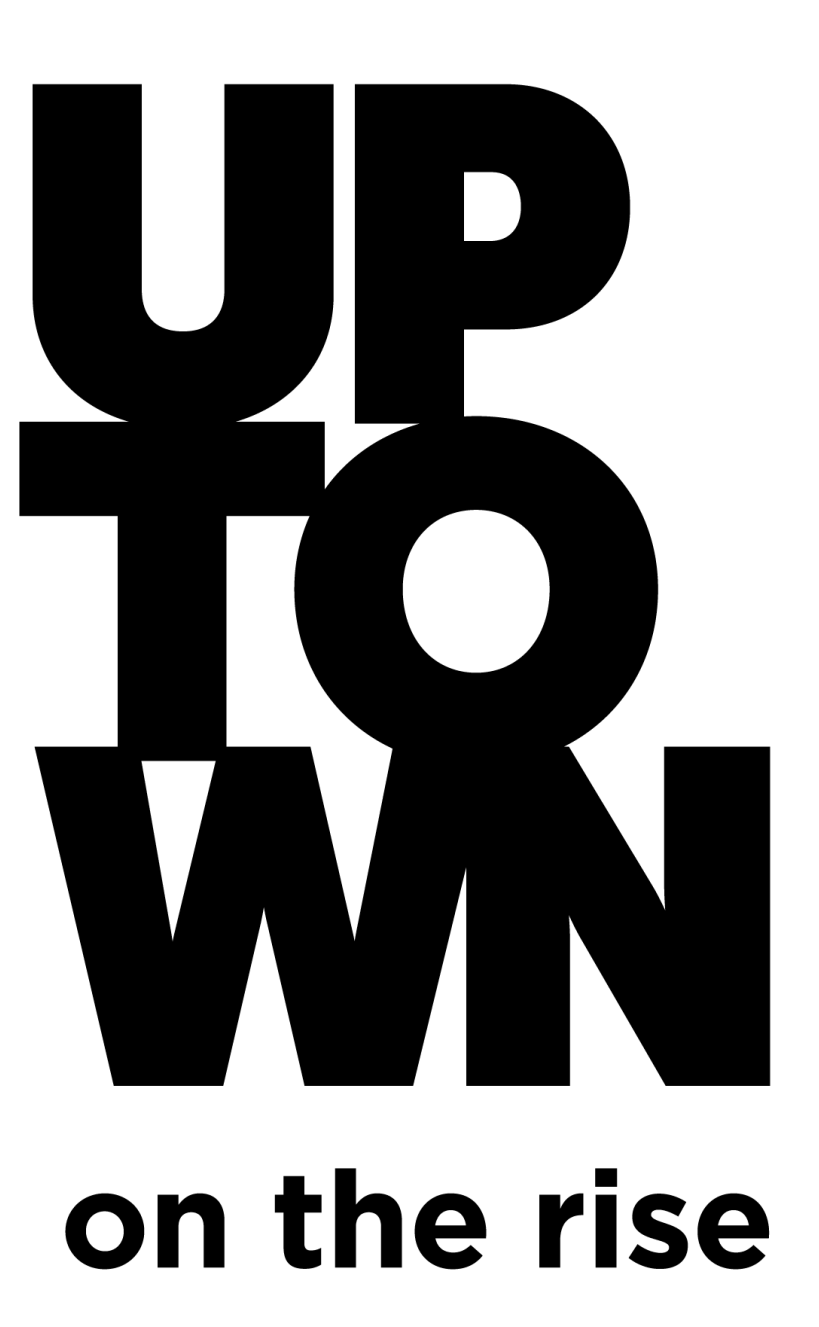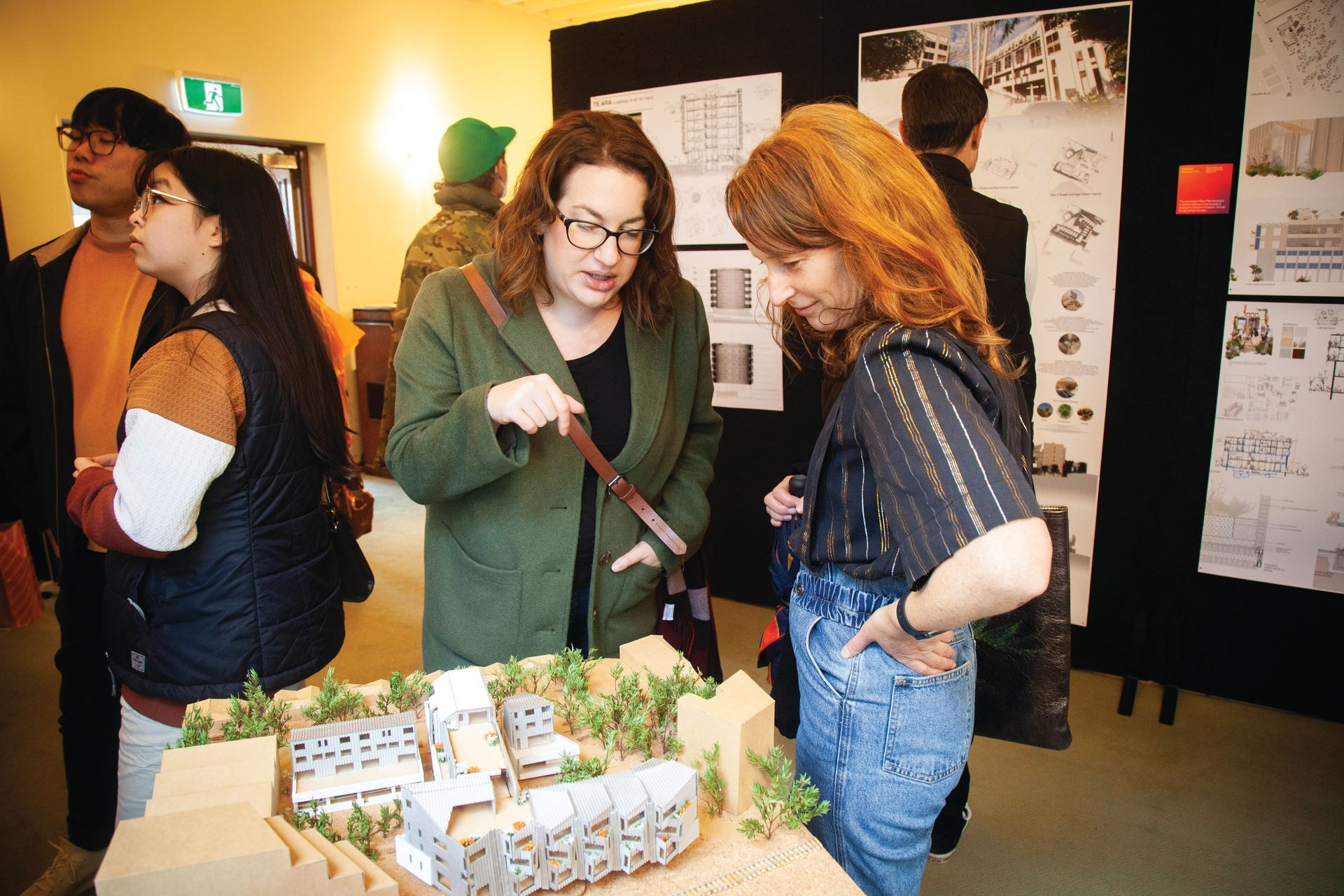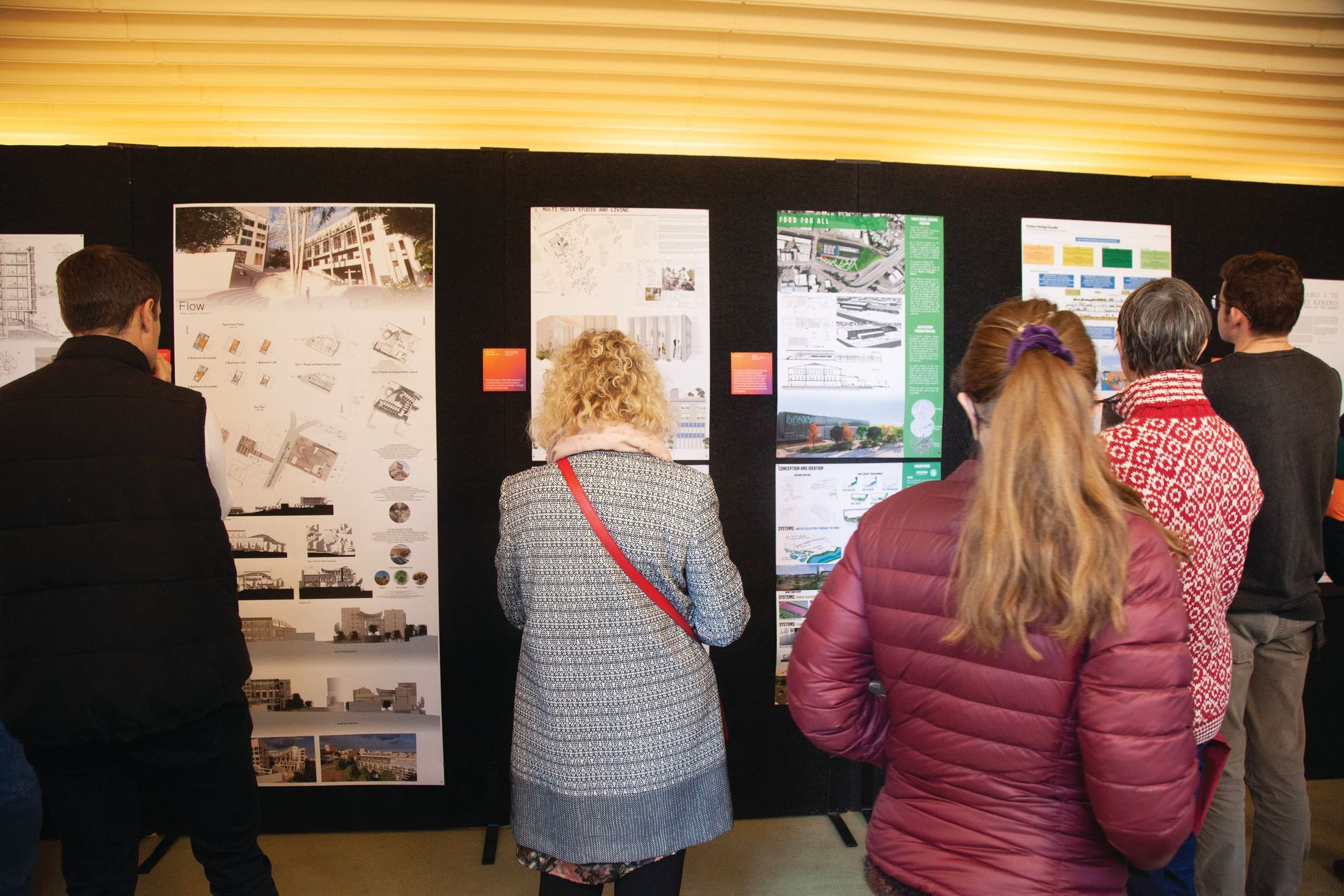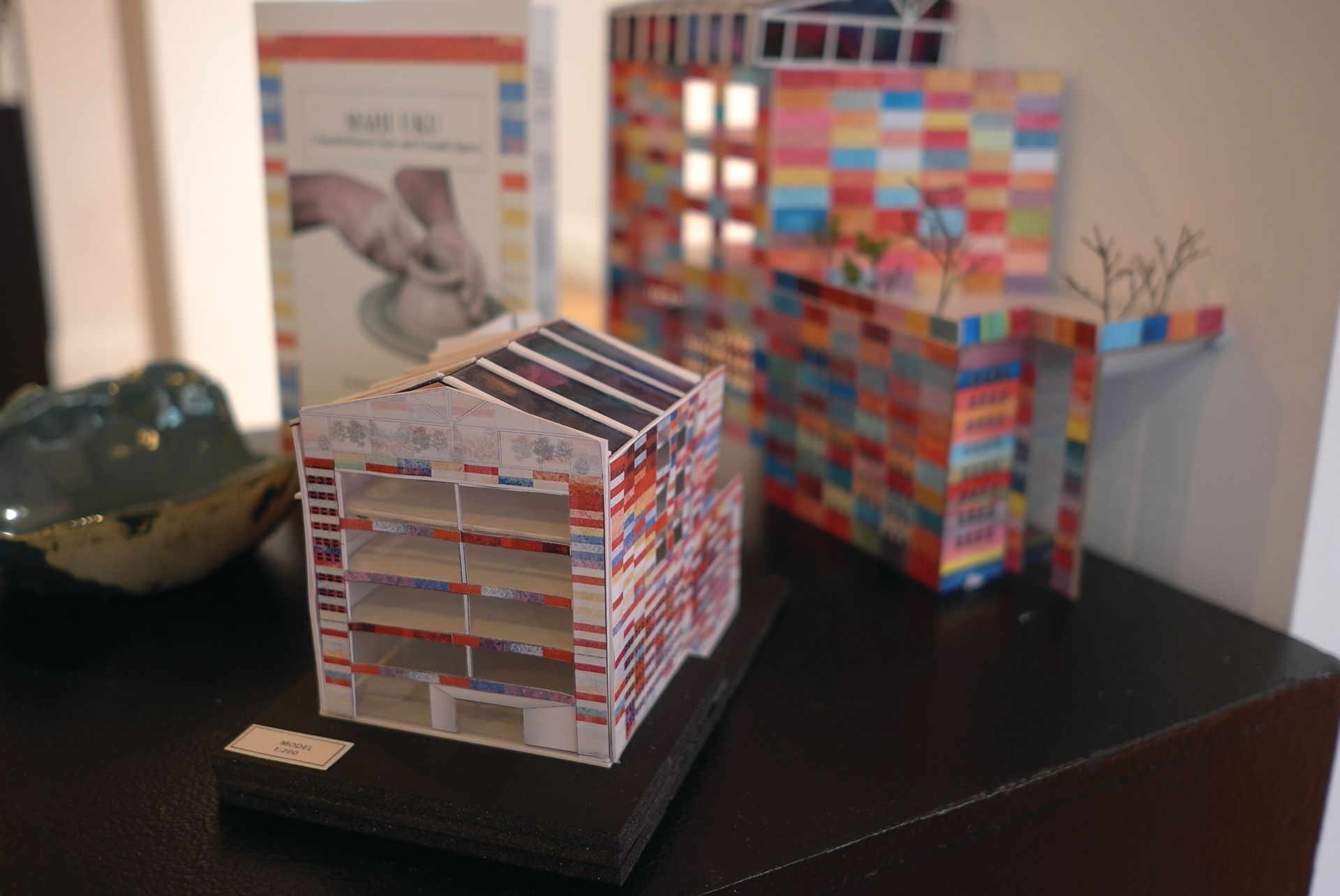Uptown Futures Festival
Uptown is a place of possibilities – and that sense of potential was at the heart of this year’s Uptown Futures Festival.
The festival showcased the ideas of more than 550 students from the architecture schools at the University of Auckland, AUT and Unitec, who were asked to create a vision for Uptown as part of their course- work.
Under the moderation of journalist and commentator Bernard Hickey, a panel featuring Auckland Central MP Chlöe Swarbrick; City Centre Advisory Panel member Patrick Reynolds; AUT lecturer and researcher Sibyl Bloomfield; and Anahera Rawiri (Ngāti Whātua), who is co-founder of the consultancy ABH Limited, Principal/Kaihautū at the Auckland architects Jasmax and a member of the Waitematā Local Board, talked about those visions.
Transport was a key theme of the korero and the panellists agreed that the new Maungawhau railway station offers a chance to re-examine our relationship to the roads in the precinct and how they define our space. For Sibyl, that capacity for fresh thinking showed up in the work of her students, who came in with few preconceptions about the area.
“One of the things that kept coming back again and again is that this is a really car-dominated place. It’s a pass-through for vehicles travelling in one direction or another. The roads are really wide, they’re difficult to cross, it’s not particularly pedestrian-friendly.”
The students, she said, were in a position to imagine “a future where this is a people place. It’s an environment that reflects the whenua upon which it’s sitting, but it’s actually a people place, it’s a place that’s rich in culture.”
In a city where “our urban living has forever been defined by the private vehicle, our cities have been designed around the private vehicle”, students typically rely less on cars, she said, “so they’re starting to think, ‘okay, so if this is my neighbourhood and I’m able to call this place home, then it needs to fit the way that I’m moving around the city. I need to be able to access all of the things that make this place home to me, I need to be able to walk to my supermarket, I need to be able to live within a home environment’.”
The nature of urban living also led them to place a greater value on public space, she said. Patrick took up this point, citing an increasingly powerful maxim in urban planning: “the public realm is the new anchor tenant”.
“In other words, instead of looking for a huge store that will make your development work, it’s actually the quality of the public realm around your store that is the most important thing.”
Past decisions that made Uptown – and nearby Karangahape Road – essentially thoroughfares for private vehicles, “pulled the rug out from under” local businesses, said Patrick. “So there’s an easy case to make that even for the building owners, the fact that they’ve been forced to host this through traffic is destroying their economic value.”
Change is still not easy, he cautioned. “It’s a very difficult ask for a business community. But if the skeleton of the place is broken, you can put as much makeup on it as you like, but it really needs to start with healing the severance across the area.”
Bernard asked Chlöe to talk about what the conditions for change look like from inside the machine.
“I think about it in two broad spheres,” she said. “There’s the structural stuff – legislation, regulation, funding incentives, subsidies, taxation, procurement contracts. That’s the blueprint of the structures that are supposed to work. But that stuff only gets its validity and legitimacy, its life, from culture. And when you understand culture is a shared set of values, you can come to understand how we can form communities that are incredibly diverse.”
She cited Wellington’s Cuba Street – where no one now wants to reverse a pedestrianisation project that was a hard sell to businesses a decade and a half ago – as a practical example of how “using levers within culture can help to build a mandate to create either a lack of validity for how we’re currently doing things, or build validity for another way of doing it.”
That, said Anahera, also means that community leaders like her need “to be the change we want to see”. She praised the students who participated in the Uptown project for foregrounding ideas about kaitiakitanga, or caring for the land and its waterways.
“I think sometimes people like us, people who are leaders, forget those things. But this is my rohe here and so my commitment to this place is very deep, hundreds of years long. I look back a couple of hundred years and then I want to look forward 200 years, to see what this place is going to look like. Thriving, connected and representative of who we are as New Zealand, as Tāmaki, as a vibrant place.”
More than anything, that was the message that took shape in the korero: the need to see Uptown not just as what it is now, but as what it could be for the people who live, work and create here. It might not be easy, but it might also be the most exciting thing we could do.







